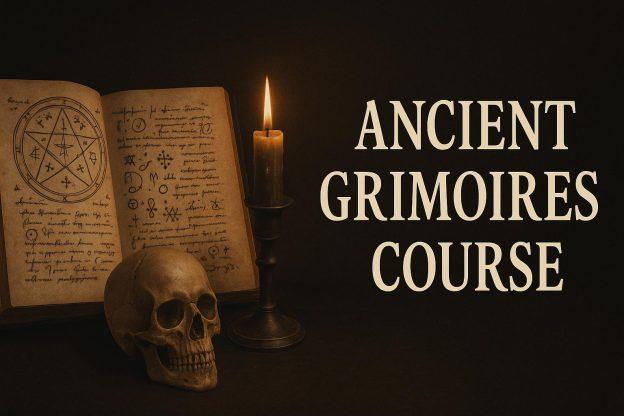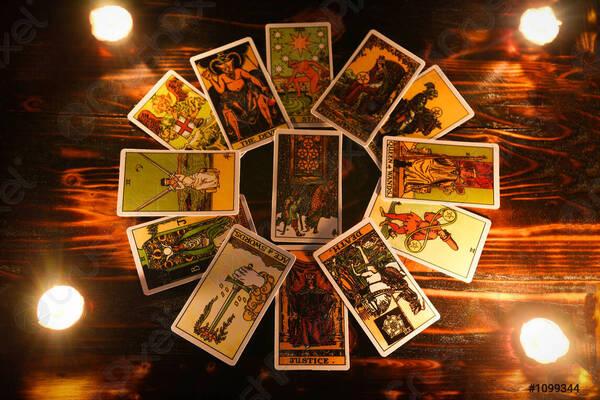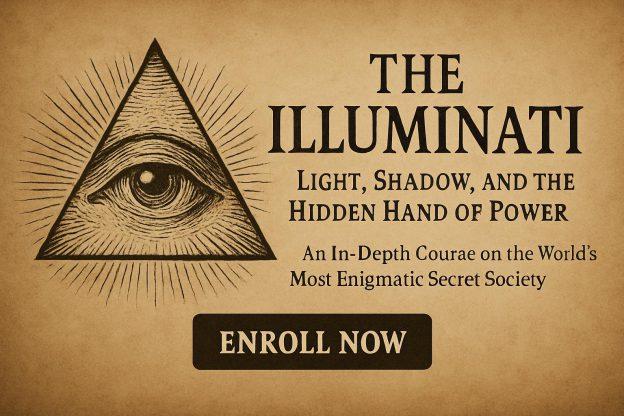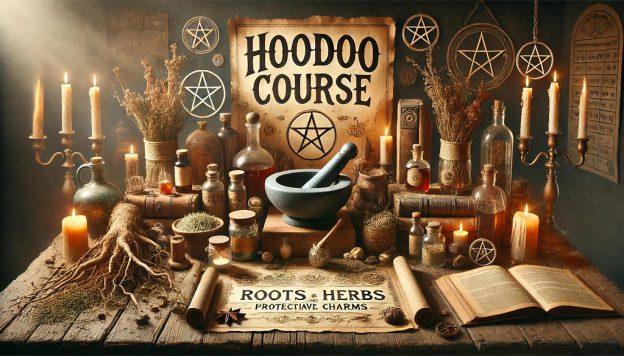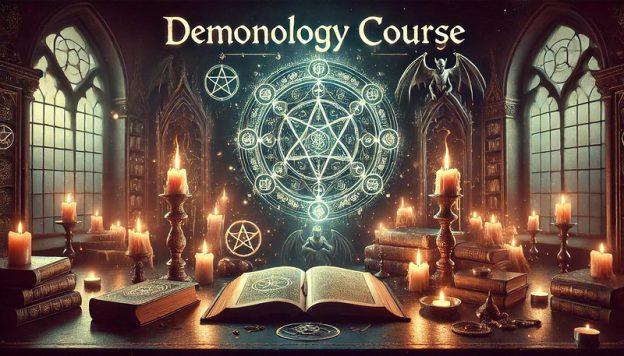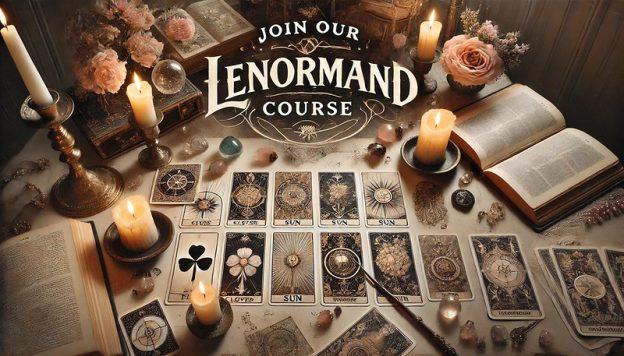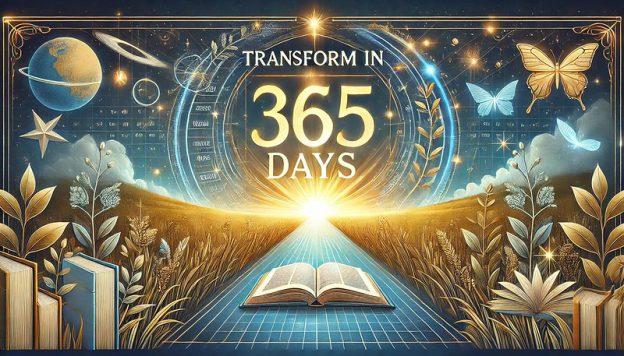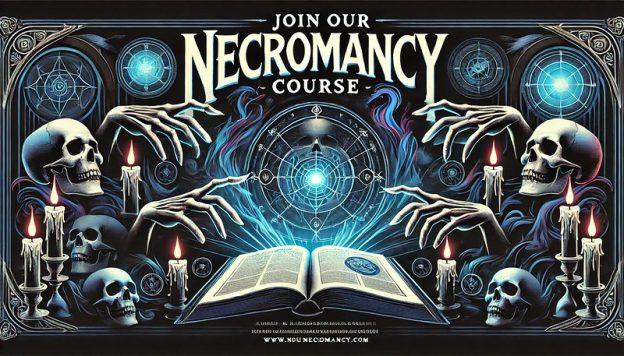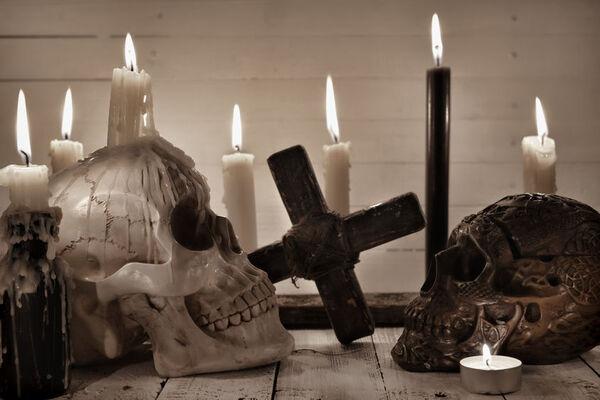Agateraptor
Agateraptor (or Agatraptor) is a demonic figure mentioned in occult texts such as the Grimorium Verum and the True Keys of Solomon. His role as a chief under Beelzebub (or Belzebuth) places him within a high-ranking infernal hierarchy. Here’s a detailed exploration of Agateraptor’s characteristics, role, and significance:
Origins and Context:
- Grimorium Verum: This 18th-century grimoire is a manual of demonology and ritual magic, often associated with the Solomonic tradition. It details the names, ranks, and powers of various demons, along with instructions for summoning and controlling them.
- True Keys of Solomon: Another grimoire in the Solomonic tradition, this text also lists Agateraptor (spelled Agatraptor) as a demon serving Beelzebub. The variation in spelling reflects the fluid nature of demonic names across different manuscripts and translations.
Role and Attributes:
- Chief under Beelzebub: Agateraptor is one of three chief demons who serve Beelzebub, a prominent figure in demonology often equated with Satan or regarded as a high-ranking infernal prince. This position indicates Agateraptor’s significant authority within the demonic hierarchy.
- Cohorts: Agateraptor works alongside two other demons, Himacth and Stephanate, forming a triad of chiefs under Beelzebub. This trio likely has specific duties or domains within the infernal court, though detailed descriptions of their individual roles are scarce.
Symbolism and Interpretation:
- Infernal Hierarchy: Agateraptor’s role as a chief demon underscores the structured and bureaucratic nature of the infernal realms as depicted in grimoires. This hierarchy reflects a medieval worldview where even chaos and evil were seen as having their own order and governance.
- Service to Beelzebub: Beelzebub, often associated with pride and corruption, is a fitting superior for Agateraptor. Serving such a high-ranking demon suggests that Agateraptor wields considerable power and influence within the infernal court.
Practical Implications:
- Ritual Use: In the context of ritual magic, knowledge of Agateraptor’s name, rank, and associations would be crucial for practitioners seeking to summon or control him. The Grimorium Verum and True Keys of Solomon provide detailed instructions for such invocations, often involving specific seals, incantations, and offerings.
- Protective Measures: Understanding the hierarchy and powers of demons like Agateraptor also informs protective measures, as practitioners would need to know which spirits to invoke or appease to counteract malevolent influences.
Cultural and Historical Context:
- Demonology and Magic: Agateraptor’s mention in these grimoires highlights the enduring fascination with demonology and the occult in European magical traditions. These texts were often used by practitioners seeking to harness supernatural powers for various purposes, from gaining knowledge to achieving personal goals.
- Variations in Names and Roles: The variation in spelling (Agateraptor vs. Agatraptor) and the fluidity of demonic roles across different texts reflect the evolving nature of occult knowledge and the influence of regional and cultural differences on magical practices.
Comparative Analysis:
- Beelzebub’s Court: Agateraptor’s service to Beelzebub places him within a broader context of demonic courts and hierarchies. Beelzebub’s court is often depicted as a powerful and malevolent force, with various demons specializing in different forms of corruption and destruction.
- Triadic Structure: The triad of Agateraptor, Himacth, and Stephanate may symbolize a balance of powers or a division of responsibilities within Beelzebub’s court. This triadic structure is a common motif in mythology and occult traditions, representing completeness and stability even within chaotic systems.
Agateraptor’s depiction in the Grimorium Verum and True Keys of Solomon offers a fascinating glimpse into the complex and hierarchical world of demonology. His role as a chief demon under Beelzebub highlights the intricate interplay of power, authority, and service in the infernal realms, while the methods for summoning and controlling him reflect the enduring power of ritual and invocation in occult traditions.
SOURCE:
The Dictionary of Demons written by Michelle Belanger
